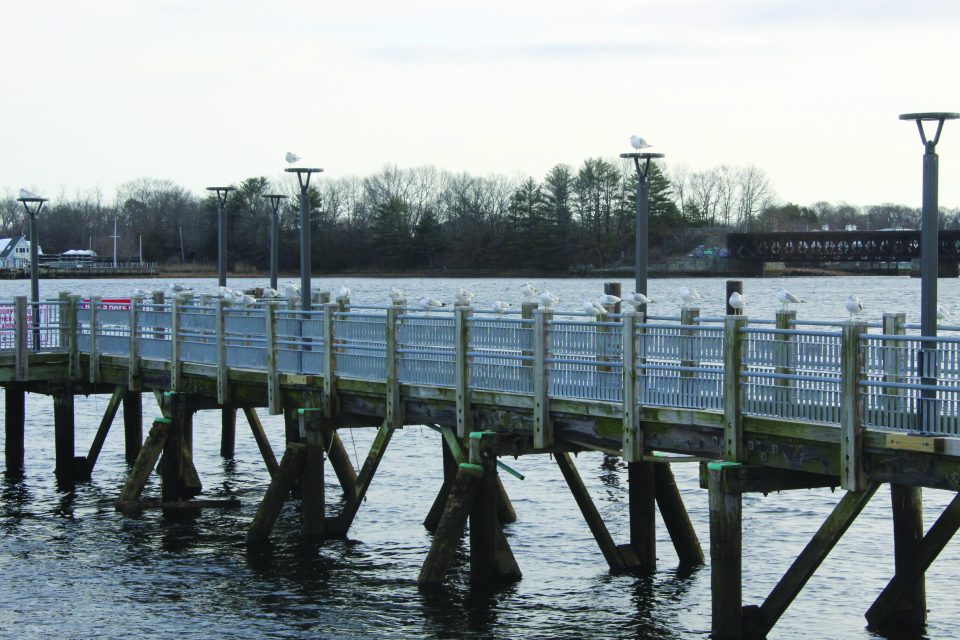MERRIMACK RIVER – What does the Merrimack and the Seine flowing through Paris during this summer’s Olympics have in common?
For more than a century, the Seine and the Merrimack have been so polluted with raw sewage and industrial waste, humans and their animals were advised not to swim there.
But when Paris was chosen for the Olympics this summer, the French were determined that the Seine would be clean enough for the world’s best athletes to compete in it. Paris Mayor Anne Hidalgo even promised to swim in the Seine before the Games’ marathon swimming event Aug. 8.
Local Massachusetts officials, led by the Merrimack Valley Watershed Council, were just as determined to keep local boaters and residents informed about pollution levels in the Merrimack.
This week, the watershed council and local officials were scheduled to turn on a new, automated sensor, similar to one being employed in the Seine, to provide highly accurate and almost immediate information about bacterial contamination in the Newburyport harbor area.
This technology, the only sensor of its type operating in New England, is a miniature floating lab that collects water samples and, within one hour, determine whether bacteria levels in Newburyport Harbor are safe for swimming, the watershed council stated.
The device and sensors, developed by Fluidion, allow cities like Paris to move away from the traditional methods of sampling and laboratory analysis of the river water.
Instead, Fluidion provides “an always-on, automated, cost-effective solution that streamlines real-time and high-frequency data,” DirectIndustry reported.
“It is light years ahead of the current technique used to determine bacteria levels, which typically takes 24 hours and is manpower intensive,” the council stated. A major program of the council is for its staff to monitor the bacteria levels in the river.
The sensor will be activated when Combined Sewer Overflows (CSOs) occur in the river, and results will be reported to the public via social media as well as watershed council’s website.
Last year more than 2 billion gallons of untreated sewage were released into the Merrimack, causing frequent health advisories and contributing to beach closures.
A study, recently released by Boston University, found that hospital admissions for bacteria-related conditions spiked in Merrimack valley hospitals in the days following CSO releases.
After each CSO event, tests will be repeated by the sensor for three days to update the public. It is also expected that the sensor will be activated at the start of summer weekends to keep the boating, swimming and fishing public informed about the status of the river.
Tuesday, State Sen. Bruce Tarr, R-Gloucester, Newburyport Mayor Sean Reardon, Lowell city officials and staff of watershed council were scheduled to turn on the sensor at the Newburyport Harbor Master’s dock and report the bacteria results live.
The sensor is part of a new regional Merrimack Valley action plan to work together to make the Merrimack a cleaner and healthier river. It is being loaned by the city of Lowell to the city of Newburyport for the duration of 2024 and will be maintained and operated by the watershed council.
John Macone, the council’s policy and education director, hopes that in the coming years, more of these sensors can be deployed at places along the Merrimack where people come in contact with the river, such as beaches and boat ramps.
Mayor Reardon has joined Greater Newburyport Chamber president Nate Allard in the winter Presidential Plunge to raise money by jumping in the icy Atlantic off Plum Island. Can we expect him to follow the Paris mayor by swimming in the Merrimack if the sensors say the water is safe?




